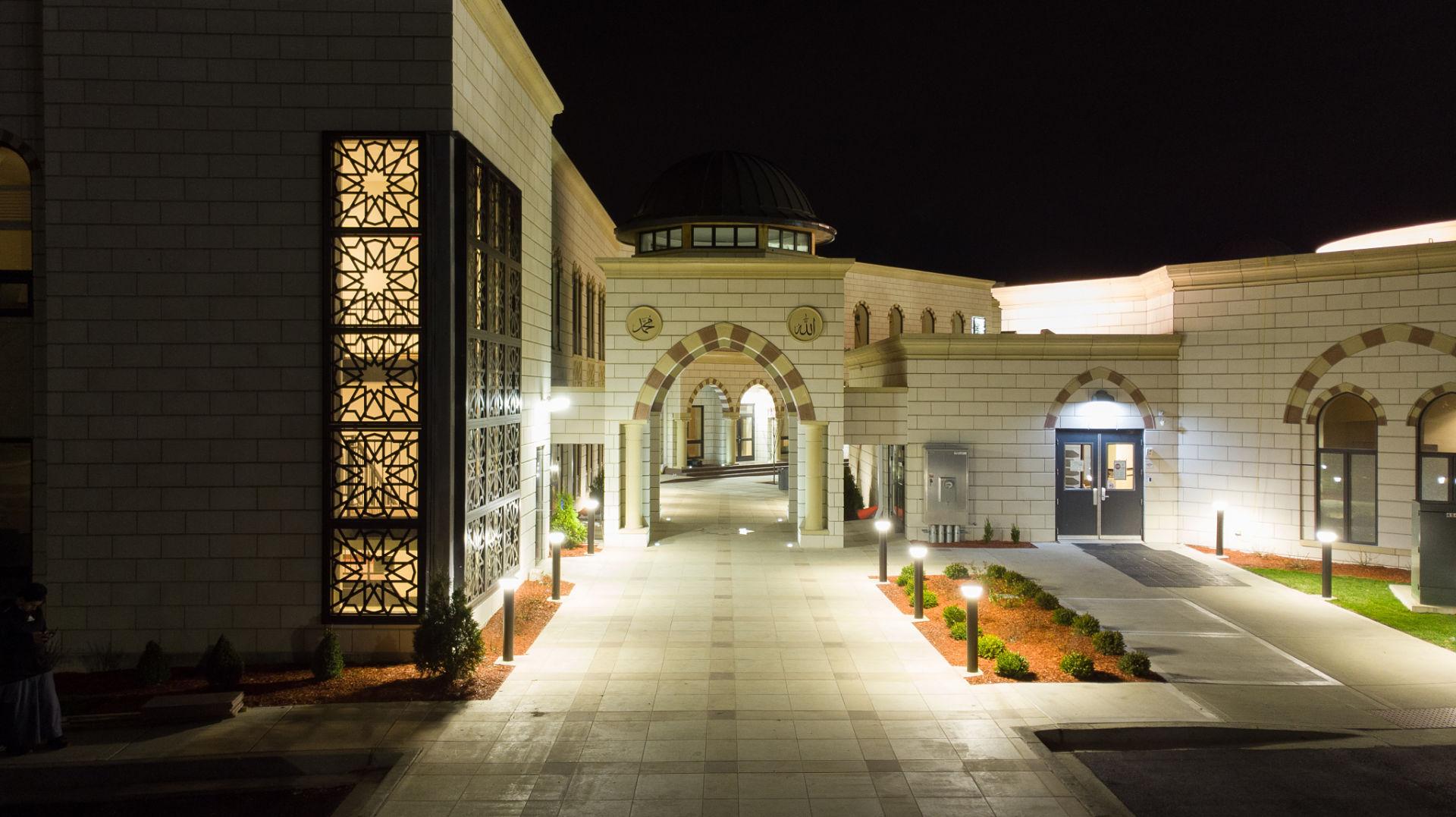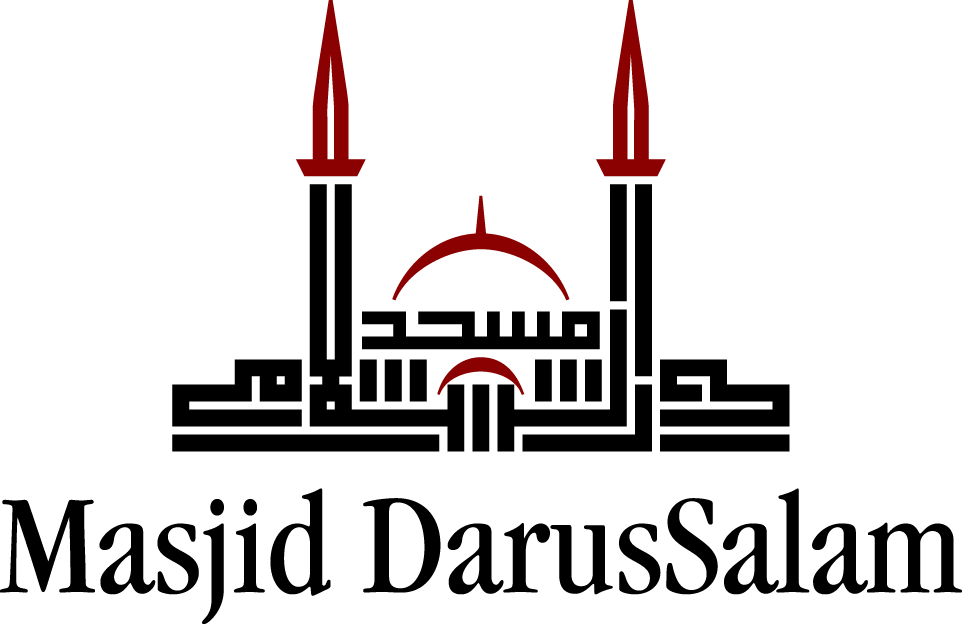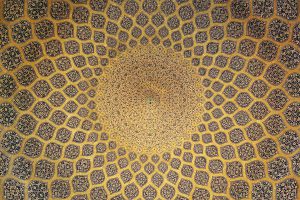Mufti Muhammad Taha Karaan (RA) on Wiping on Footwear and the Rules of Tarjih

Question
as-salamu alaykum wa rahmatuLlah,
Imam al-Haramayn in his Nihayah (2:163) mentions first an issue qawlayn; considering which limbs must be placed down onto the ground in sujud. Thereafter, he brings up the issue of the exposure of certain limbs in sujud as another issue; also an issue of qawlayn. It seems from this that the issue of which limbs must be placed on the ground for a valid sajdah and the exposed of them in sujud are distinctly separate issues.
Imam Ghazzali explains the two issues likewise, both being issues of qawlayn. (Fath al-Aziz, 1:520) Commenting on Imam Ghazzali’s words Imam Rafi’i says:
وإذا أوجبنا وضع الركبتين والقدمين فلا نوجب كشفهما
Imam Nawawi considers placing the seven limbs on the ground as obligatory. And, the conflict that you mentioned between him and Rafi’i seems apparent. In his Tahqiq (108) he says bi wujub hi ‘ala al-madhhab. In Sharh al-Muhadhdhab he says inna hu al-Arjah fi al-dalil wa al-mukhtar al-sahih. He indicates that Imam Shafi’i leaned towards this tarjih in his Umm. It does seem like Imam Shafi’i goes that way in his Umm (1:99) wherein he says fa in sajada ‘ala zahri kaffayhi. Also, Tabari held this view; so did Abu Nasr al-Maqdisi and Shaykh Abu Hamid. In the asl of Rawdah the tarjih is given to it not being obligatory, and Imam Nawawi in the ziyadah again states his view; that in fact it is obligatory. (1:256) He continued to express this opinion in his Minhaj; and the commentators such as Khatib Shirbini, brought forth explanations of the evidence. Such as the hadith of Bukhari and Muslim:
أمرت أن أسجد على سبعة أعظم…
In Sharh Sahih Muslim (4:208) Imam Nawawi comments on this hadith again mentioning the issue of what must be placed on the ground qawlayn. And subsequently, mentions the issue of exposing them as qawlayn. He says in this text that with the relied-upon opinion being the seven limbs touching the ground, then still the knees and the hands do not need to be exposed.
Here I noticed an interesting wording, wherein Imam Nawawi says:
قوله صلى الله عليه وسلم سبعة أعظم أي عضاء فسمى كل عضو عظما وإن كان فيه عظام كثيرة
Anyway maybe you have some insights into this wording? I am taking in from it that a portion of each limb suffices for the sujud.
I noticed that Imrani in his Bayan (2:219) cites Sahib al-Furu as holding the opinion that sujud on the zahir of the feet is sufficient. Be that as it may, most seem to shy away from that stance.
For example, Khatib Shirbini (Mughni al-Muhtaj, 1:260) maintains that the batin of the toes must be what touches the ground. Defining that to be what is opposite to the zahir of them or a harf from them. I read into his mention of zahir and harf, that the top portion of the toes i.e. the side that generally has a toenail and the tips of the toes.
Bujayrami commenting on Khatib (2:178-79) mentions that the toes are considered even if only a portion from one of the toes on each foot.
I have two questions that came from this reading. The first, some modern day footgear could hinder the batin of the toes from touching. Like for example, steel-toed work boots or heavy winter boots. If the footgear would hinder any portion of the toes from touching, so would this be problematic to praying in them?
The second question is that Sahib Kifayat al-Akhyar seems to contend that Imam Nawawi’s opinion is the azhar according to him whilst the azhar according to Imam Shafi’i is what Rafi’i opined. Are their other post-Nawawi scholars who went this way?
Mufti Taha’s Answer
Wa `alaykum salam wa rahmatuLlahi wa barakatuh
In the case of hard inflexible footwear I am of the opinion that the footwear itself should be regarded as a kind of extension of the foot itself. Since it is sufficient to place the atraf of the toes on the earth, placing the tips of such shoes, too, should suffice. But have not seen any naql on the issue.
I think you may have misread the text of Kifayat al-Akhyar. What I see him mentioning is simply that the azhar according to Rafi’i is that placing the hands, knees and feet is not wajib, while according to Nawawi it is wajib. He does not make reference to an azhar according to Imam Shafi’i.
I am not aware of any of the Muta’akhkhirin siding with Rafi’i on the issue. However, Shirwani quotes something from the hashiyah on Tuhfah by Sayyid ‘Umar Basri (student of both Ibn Hajar and Ramli) in which a question mark is placed on the applicability of the hadith on the strength of which Nawawi’s tarjih rests.
I would add here that Nawawi’s tarjih rests not only upon the hadith, but also upon the fact that Imam Shafi’i himself appears to have given preference to the qawl that Nawawi prefers. We generally state that in cases of ikhtilaf it is to the Shaykhayn that we look for tarjih, and that in assigning tarjih the Shaykhayn are guided either by quwwat al-dalil or by akthariyyah. This statement, while by and large correct, does happen to be somewhat elliptical, in that it overlooks another important rule of tarjih. The rule I refer to is that which Sayyid Umar’s students, Ibn al-Jammal, states in his treatise of taqlid, Fath al-Majid. He writes (and I quote from a copy of the book which we are presently editing):
وإذا رجح الشافعي رحمه الله تعالى شيئا من القولين أو الأقوال فهو الراجح. ويعلم ذلك بأمور
التأخير
فالنص على الرجحان
فالتفريع عليه وحده
فالقول عن مقابله: إنه مدخول أو يلزمه فساد
فإفراده في محل
فموافقة مذهب مجتهد لتَقَوِّيه به.
كذا بالمعنى في التحفة أخذا من الروضة في بعضه…
وإذا لم يرجح الشافعي شيئا من القولين أو الأقوال واختلف ترجيح الأصحاب، فالذي عليه محققوا المتأخرين أن المعتمد الراجح ما اتفق عليه الشيخان


